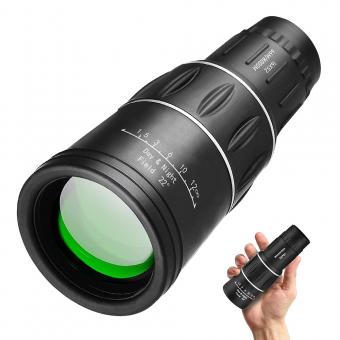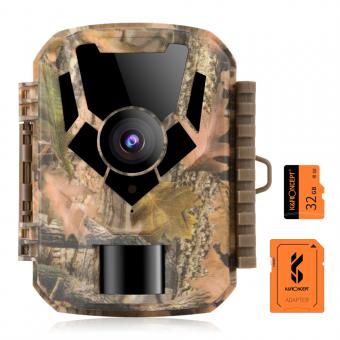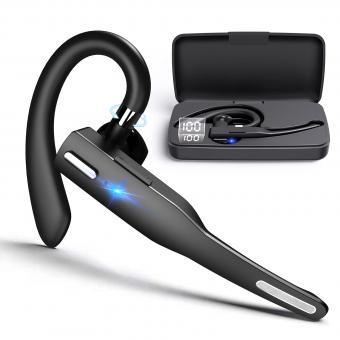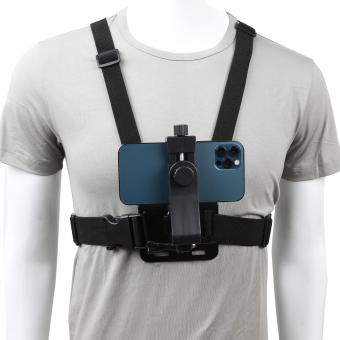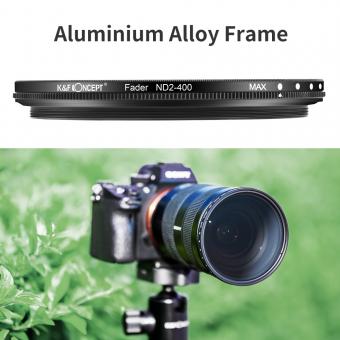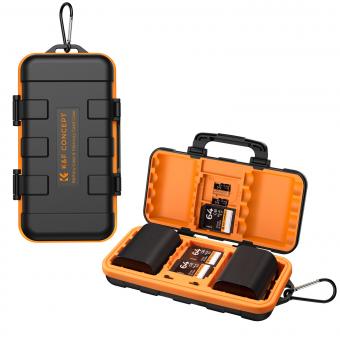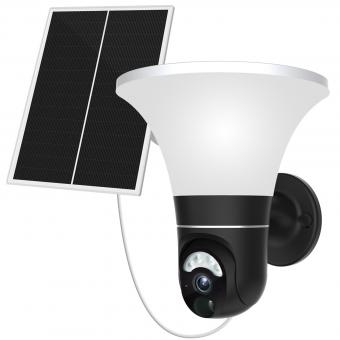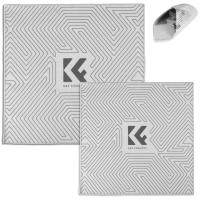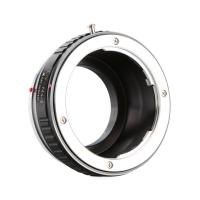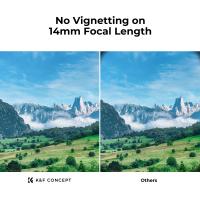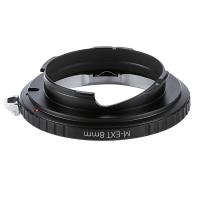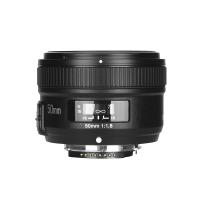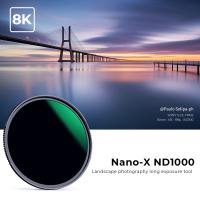How Long Have Digital Cameras Been Around ?
Digital cameras have been around since the late 20th century. The first digital camera was invented in 1975 by Steven Sasson, an engineer at Eastman Kodak. However, it was not until the 1990s that digital cameras became commercially available. The first consumer digital camera was the Apple QuickTake 100, released in 1994. Since then, digital cameras have become increasingly popular and have largely replaced film cameras in the consumer market. Today, digital cameras are ubiquitous and are found in smartphones, tablets, and other devices.
1、 Early history of digital cameras
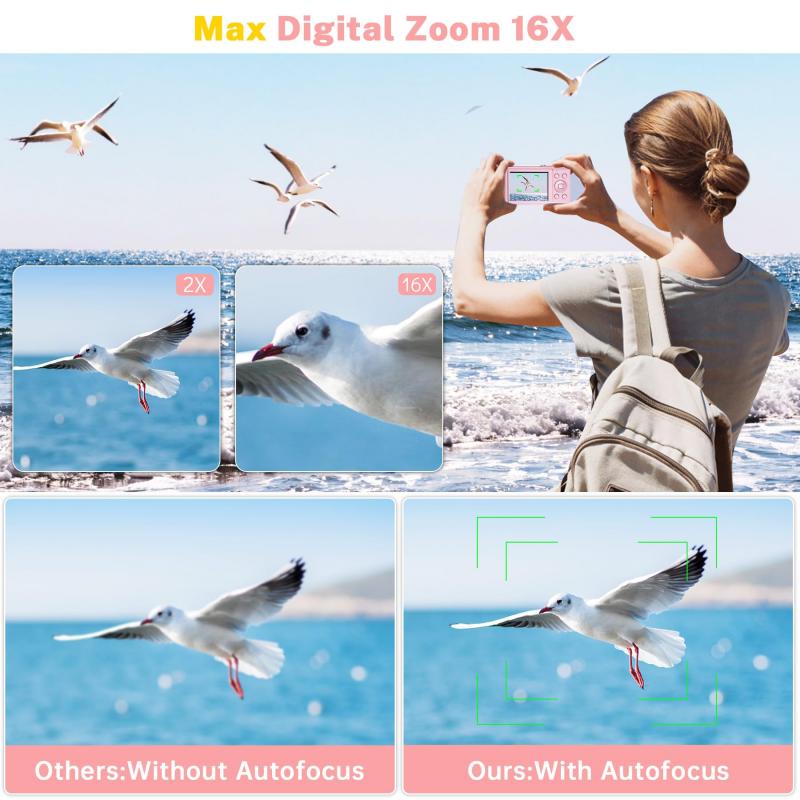
How long have digital cameras been around?
Digital cameras have been around for over 40 years. The first digital camera was invented in 1975 by Steven Sasson, an engineer at Eastman Kodak. The camera weighed 8 pounds and had a resolution of 0.01 megapixels. It was not until the 1990s that digital cameras became more widely available to consumers. The first consumer digital camera was the Apple QuickTake 100, released in 1994.
Since then, digital cameras have evolved significantly. They have become smaller, lighter, and more affordable. The resolution has also improved dramatically, with some cameras now capable of capturing images with over 100 megapixels. In addition, digital cameras now come with a range of features, such as autofocus, image stabilization, and Wi-Fi connectivity.
Early history of digital cameras
The early history of digital cameras is closely tied to the development of digital imaging technology. In the 1960s, researchers at Bell Labs developed the first charge-coupled device (CCD), which is the technology used in digital cameras to capture images. In the 1970s, Kodak began developing digital imaging technology, which led to the invention of the first digital camera in 1975.
In the 1980s and 1990s, digital cameras were primarily used by professionals in fields such as journalism and scientific research. However, with the release of the Apple QuickTake 100 in 1994, digital cameras became more accessible to consumers. Since then, digital cameras have become increasingly popular, and many people now use them as their primary camera.
Latest point of view
In recent years, the rise of smartphones has led to a decline in the sales of digital cameras. Many people now use their smartphones to take photos, as they are convenient and always with them. However, digital cameras still have some advantages over smartphones, such as better image quality and more advanced features. As a result, digital camera manufacturers have focused on developing high-end cameras for professionals and enthusiasts, rather than competing with smartphones in the consumer market.
2、 First commercially available digital camera

The first commercially available digital camera was the Dycam Model 1, which was released in 1990. It had a resolution of 376 x 240 pixels and could store up to 32 images on its internal memory. However, it was not until the mid-1990s that digital cameras began to gain popularity among consumers.
Since then, digital cameras have come a long way. Today, we have digital cameras with resolutions of up to 100 megapixels, which can capture incredibly detailed images. They also come with a range of features such as autofocus, image stabilization, and advanced shooting modes.
Digital cameras have revolutionized the way we take and share photos. With the rise of social media platforms like Instagram and Facebook, people are taking more photos than ever before. Digital cameras have made it easier for us to capture and share our memories with friends and family.
In recent years, smartphones have become the primary device for taking photos. However, digital cameras still have a place in the market, particularly among professional photographers and enthusiasts who demand the highest quality images.
In conclusion, digital cameras have been around for over 30 years and have come a long way since the first commercially available model. They have revolutionized the way we take and share photos and continue to be an important tool for photographers and enthusiasts.
3、 Advancements in digital camera technology

Advancements in digital camera technology have revolutionized the way we capture and store images. Digital cameras have been around for over 40 years, with the first digital camera being invented in 1975 by Steven Sasson, an engineer at Eastman Kodak. However, it wasn't until the 1990s that digital cameras became widely available to consumers.
Since then, digital cameras have undergone significant advancements, including improvements in image quality, resolution, and speed. Today's digital cameras are capable of capturing high-resolution images and videos, even in low-light conditions, thanks to advancements in sensor technology and image processing algorithms.
One of the latest advancements in digital camera technology is the integration of artificial intelligence (AI) and machine learning algorithms. These technologies enable cameras to automatically adjust settings based on the scene being captured, resulting in better image quality and more accurate color reproduction.
Another recent development is the rise of mirrorless cameras, which offer the image quality of traditional DSLRs but in a smaller, more compact form factor. Mirrorless cameras use electronic viewfinders instead of optical ones, allowing for faster autofocus and continuous shooting speeds.
Overall, advancements in digital camera technology have made it easier than ever to capture high-quality images and videos. With the continued development of AI and machine learning, we can expect even more exciting innovations in the years to come.
4、 Impact of digital cameras on photography industry

"How long have digital cameras been around?"
Digital cameras have been around since the 1970s, but they were not widely available until the 1990s. The first digital camera was invented by Steven Sasson, an engineer at Eastman Kodak, in 1975. It weighed 8 pounds and had a resolution of 0.01 megapixels. It was not until the 1990s that digital cameras became more affordable and accessible to the general public.
"Impact of digital cameras on photography industry"
The introduction of digital cameras has had a significant impact on the photography industry. Digital cameras have made it easier and more affordable for people to take and share photos. They have also made it possible for photographers to take more photos without the need for film and processing.
One of the biggest impacts of digital cameras has been on the traditional film photography industry. Many film manufacturers have gone out of business, and many photographers have switched to digital photography. This has led to a decline in the demand for film and film processing services.
Digital cameras have also made it easier for photographers to edit and manipulate their photos. With the use of photo editing software, photographers can adjust the color, brightness, and contrast of their photos, as well as remove unwanted elements from the image.
In recent years, the rise of smartphone cameras has further disrupted the photography industry. Many people now use their smartphones as their primary camera, and social media platforms like Instagram have made it easier for people to share their photos with a wider audience.
Overall, digital cameras have had a profound impact on the photography industry, and their influence is likely to continue as technology continues to evolve.






